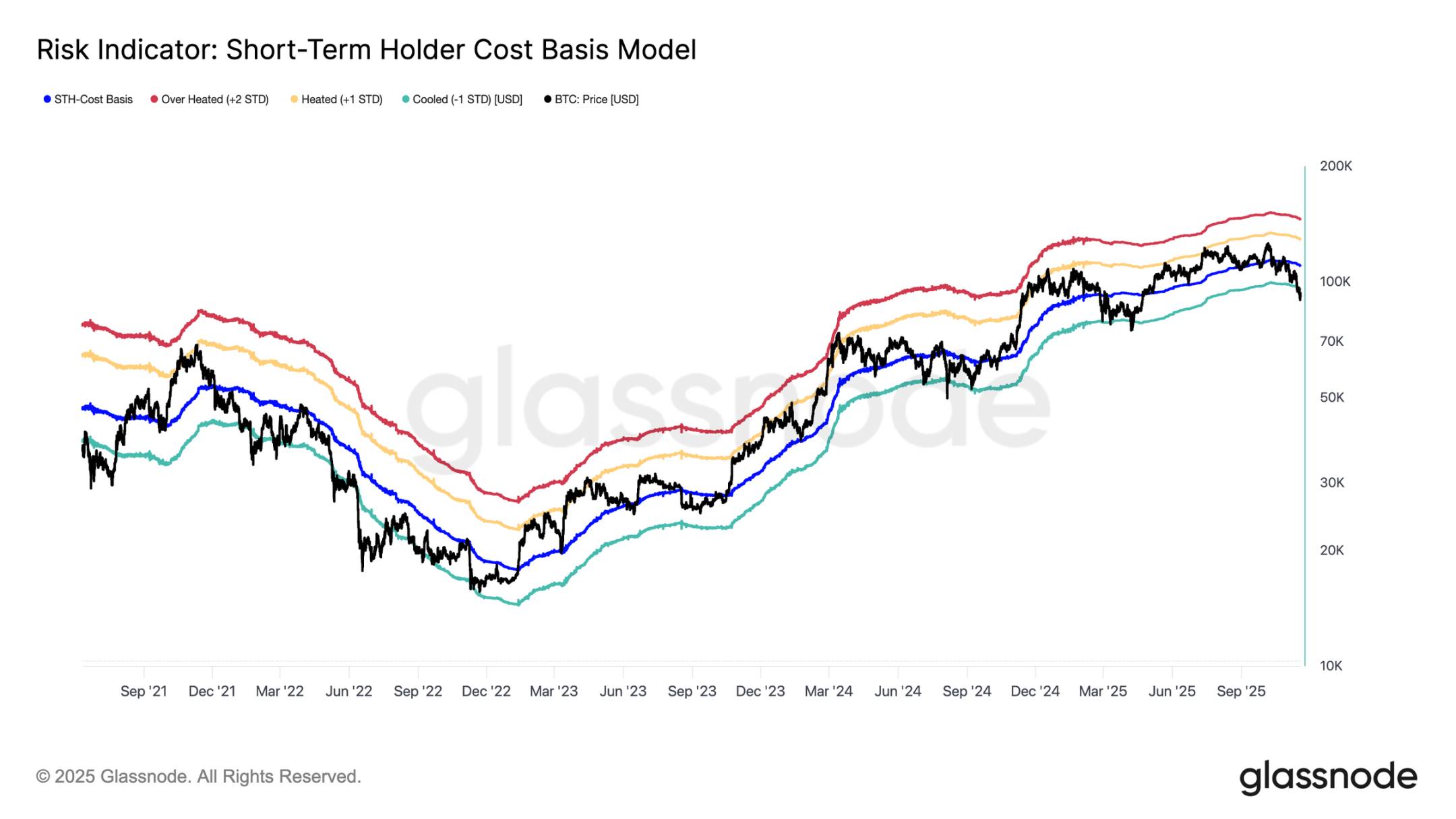Crypto's Emerging Role in Retirement Portfolios: Navigating Strategic Potential and Risks in the UK Pension Landscape
- UK pension funds are cautiously integrating crypto into long-term portfolios, with a 3% Bitcoin allocation marking a strategic shift toward diversification and inflation hedging. - Institutional custodians and regulated cETNs now enable pension access to crypto, while 2026 FCA/MiCA rules aim to address regulatory gaps and operational risks. - Generational divides persist: 18% of 25–34-year-olds cash pensions for crypto, contrasting with older investors prioritizing stability over speculative gains. - Suc
The global financial landscape is undergoing a quiet revolution as cryptocurrencies transition from speculative novelties to potential strategic assets in long-term investment portfolios. Nowhere is this shift more evident than in the UK pension sector, where cautious experimentation with digital assets is beginning to challenge traditional paradigms. While regulatory uncertainty and generational divides in risk appetite remain significant hurdles, the strategic potential of integrating crypto into retirement planning cannot be ignored.
Strategic Potential: Diversification and Asymmetric Returns
The first UK pension fund to allocate 3% of its £50 million portfolio to Bitcoin in October 2024 marked a symbolic turning point. This decision, framed as a 10-year strategic investment rather than a speculative bet, underscores the growing recognition of Bitcoin's unique risk-return profile. Unlike traditional assets, Bitcoin's scarcity and decentralized nature position it as a hedge against monetary debasement and counterparty risk. Over the past decade, its performance has outpaced many conventional asset classes, offering a compelling case for diversification in an era of low yields and inflationary pressures.
Institutional custodians like State Street and BNY Mellon are now offering crypto access, while the London Stock Exchange's 2024 launch of regulated crypto exchange-traded notes (cETNs) provides pension funds with a familiar framework to gain exposure. These developments suggest that crypto is increasingly being viewed as a complementary asset rather than a disruptive force. For pension schemes seeking to future-proof portfolios, the asymmetric upside of early adoption—where potential gains outweigh risks—could justify small allocations.
Risks: Volatility, Regulation, and Generational Misalignment
Yet the path to integration is fraught with challenges. Cryptocurrencies remain notoriously volatile, with price swings that defy traditional risk models. The 2025 Aviva survey highlights this tension: while 27% of UK adults consider crypto for retirement, 41% cite security risks, and 37% point to regulatory gaps. The UK Financial Conduct Authority (FCA) plans to fully regulate crypto by 2026, but the interim period remains a gray zone. For example, the FCA's proposed restrictions on crypto lending and credit-based purchases could limit pension funds' flexibility to leverage digital assets.
Compounding these risks is a generational divide in risk appetite. The Aviva survey reveals that 18% of 25–34-year-olds have already cashed in part of their pensions for crypto, driven by a desire for innovation and higher returns. In contrast, older investors prioritize stability, with 82% still relying on traditional pension schemes. This divergence reflects broader societal shifts: younger investors, raised in the digital age, view crypto as a natural extension of their financial toolkit, while older generations remain skeptical of its speculative nature.
Balancing Innovation and Prudence
The key to successful integration lies in balancing innovation with prudence. For UK pension funds, this means adopting a phased approach: starting with small, long-horizon allocations to Bitcoin or Ethereum ETFs, while prioritizing robust custodial solutions and risk management frameworks. The FCA's emphasis on operational resilience—such as segregated client assets and transparent stablecoin mechanisms—will be critical in building trust.
Investors must also reconcile the allure of crypto with the practicalities of retirement planning. Traditional pensions offer employer contributions, tax relief, and compounding benefits over decades—advantages that crypto cannot replicate. A 1% allocation to crypto, as seen in U.S. 401(k) trials, could diversify risk without undermining long-term stability. However, younger investors cashing in pensions for crypto often overlook the opportunity cost of losing employer contributions and tax benefits, a risk that advisors must address.
The Road Ahead
As the UK's regulatory framework matures and institutional infrastructure expands, crypto's role in retirement portfolios will likely evolve from niche to mainstream. The FCA's 2026 regulations and MiCA's EU-wide standards will provide much-needed clarity, while pension funds' growing appetite for asymmetric returns will drive adoption. However, success hinges on education: both trustees and investors must understand the unique characteristics of crypto, from its volatility to its potential as a hedge against systemic risks.
For now, the UK pension sector stands at a crossroads. The first Bitcoin allocation by a pension scheme in 2024 was a bold step, but widespread adoption will require patience, education, and a willingness to adapt to a rapidly changing financial ecosystem. In this new era, the strategic integration of crypto into retirement planning is not a question of if, but how—and how to do it responsibly.
Disclaimer: The content of this article solely reflects the author's opinion and does not represent the platform in any capacity. This article is not intended to serve as a reference for making investment decisions.
You may also like
Bitcoin plunges 30%. Has it really entered a bear market? A comprehensive assessment using 5 analytical frameworks
Further correction, with a dip to 70,000, has a probability of 15%; continued consolidation with fluctuations, using time to replace space, has a probability of 50%.

Data Insight: Bitcoin's Year-to-Date Gains Turn Negative, Is a Full Bear Market Really Here?
Spot demand remains weak, outflows from US spot ETFs are intensifying, and there has been no new buying from traditional financial allocators.

Why can Bitcoin support a trillion-dollar market cap?
The only way to access the services provided by bitcoin is to purchase the asset itself.
Crypto Has Until 2028 to Avoid a Quantum Collapse, Warns Vitalik Buterin
